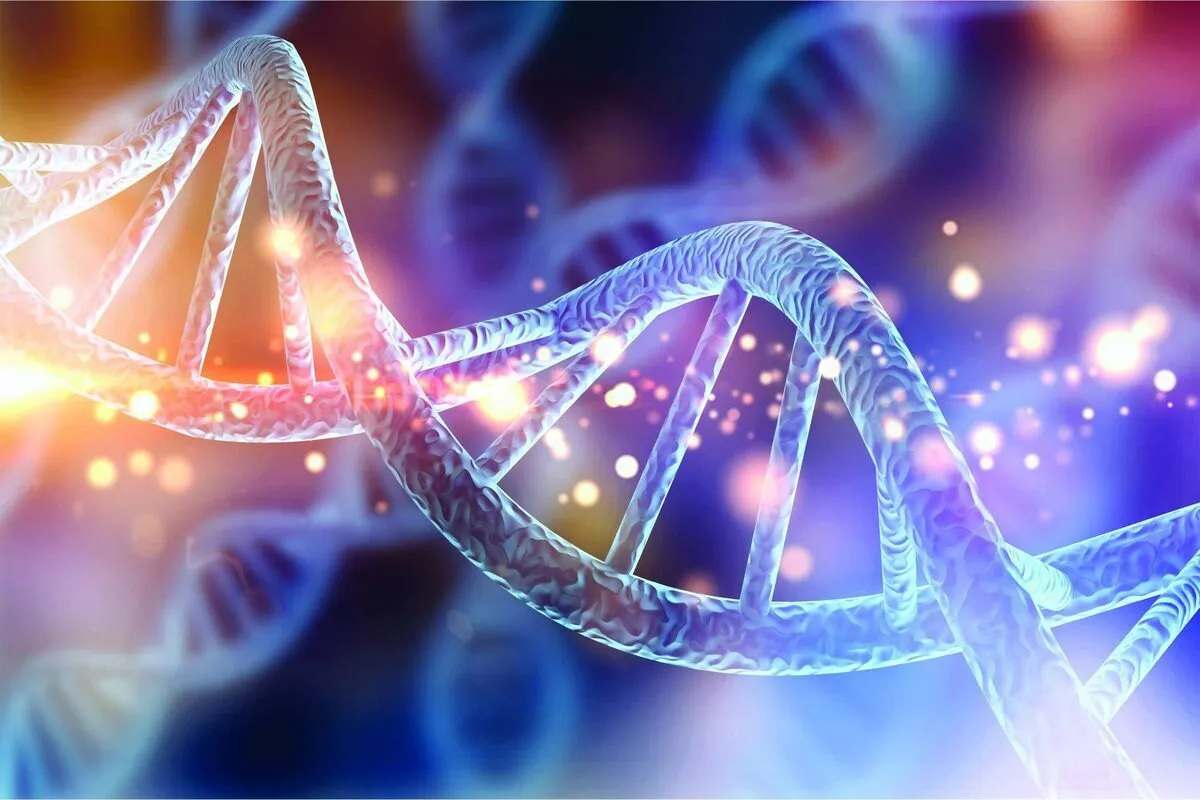DNA Flip Switches Found to ‘Supercharge’ Evolution

Scientists have discovered that segments of “flipped” DNA help fish rapidly adapt to new environments and evolve into new species. These DNA inversions act like evolutionary superchargers, preserving useful gene combinations and speeding up adaptation, the journal Science reported.
One of the biggest mysteries in biology is why Earth is home to such a vast array of plants and animals. How do new species appear, and what drives the incredible variety of life?
A clue comes from the colorful cichlid fish in Lake Malawi, East Africa. In this single lake, more than 800 species of cichlids have evolved from a common ancestor. Some cichlids became predators, while others adapted to feed on algae, sift sand, or eat plankton. Even more surprising, this happened in a tiny fraction of the time it took humans and chimpanzees to split from theirs.
Now, researchers from the Universities of Cambridge and Antwerp have determined how this evolution may have happened so quickly. Their findings were recently reported in the journal Science.
The researchers looked at the DNA of over 1,300 cichlids to see if there’s something special about their genes that might explain this rapid evolution. “We discovered that, in some species, large chunks of DNA on five chromosomes are flipped – a type of mutation called a chromosomal inversion,” said senior author Hennes Svardal from the University of Antwerp.
Normally, when animals reproduce, their DNA gets reshuffled in a process called recombination – mixing the genetic material from both parents. But this mixing is blocked within a chromosomal inversion. This means that gene combinations within the inversion are passed down intact without mixing, generation after generation, keeping useful adaptations together and speeding up evolution.
“It’s sort of like a toolbox where all the most useful tools are stuck together, preserving winning genetic combinations that help fish adapt to different environments,” said first author Moritz Blumer from Cambridge’s Department of Genetics.
These preserved sets of genes are sometimes called ‘supergenes. In Malawi cichlids, the supergenes seem to play several important roles. Although cichlid species can still interbreed, the inversions help keep species separate by preventing their genes from blending too much. This is especially useful in parts of the lake where fish live side by side – like in open sandy areas where there’s no physical separation between habitats.
The genes inside these supergenes often control traits that are key for survival and reproduction – such as vision, hearing, and behavior. For example, fish living deep in the lake (down to 200 meters) need different visual abilities than those near the surface, require different food, and need to survive at higher pressures. Their supergenes help maintain those special adaptations.
“When different cichlid species interbred, entire inversions can be passed between them – bringing along key survival traits, like adaptations to specific environments, speeding up the process of evolution,” said Blumer.
The inversions also frequently act as sex chromosomes, helping determine whether a fish becomes male or female. Since sex chromosomes can influence how new species form, this opens new questions about how evolution works.
“While our study focused on cichlids, chromosomal inversions aren’t unique to them,” said co-senior author Professor Richard Durbin, from Cambridge’s Department of Genetics. “They’re also found in many other animals — including humans — and are increasingly seen as a key factor in evolution and biodiversity.”
“We have been studying the process of speciation for a long time,” said Svardal. “Now, by understanding how these supergenes evolve and spread, we’re getting closer to answering one of science’s big questions: how life on Earth becomes so rich and varied.”
4155/v





















